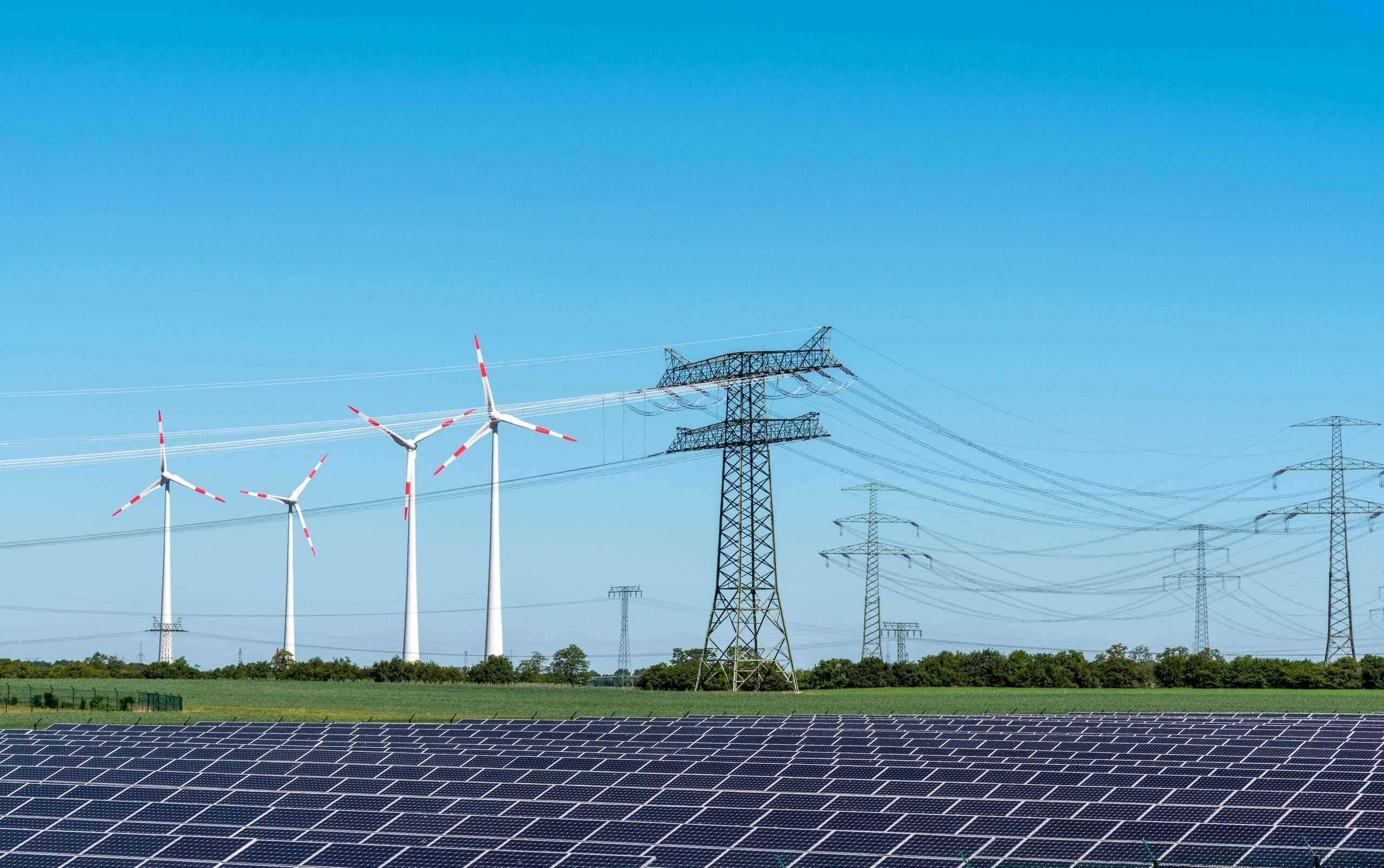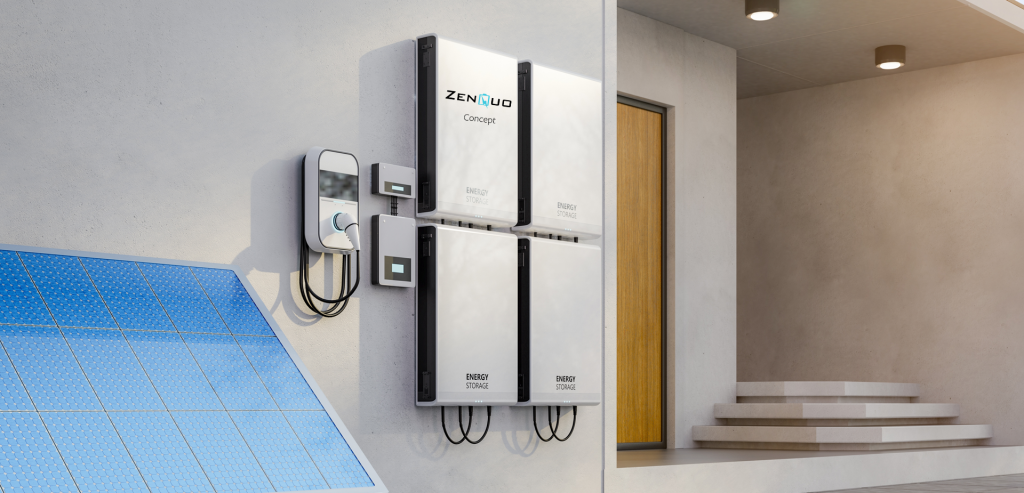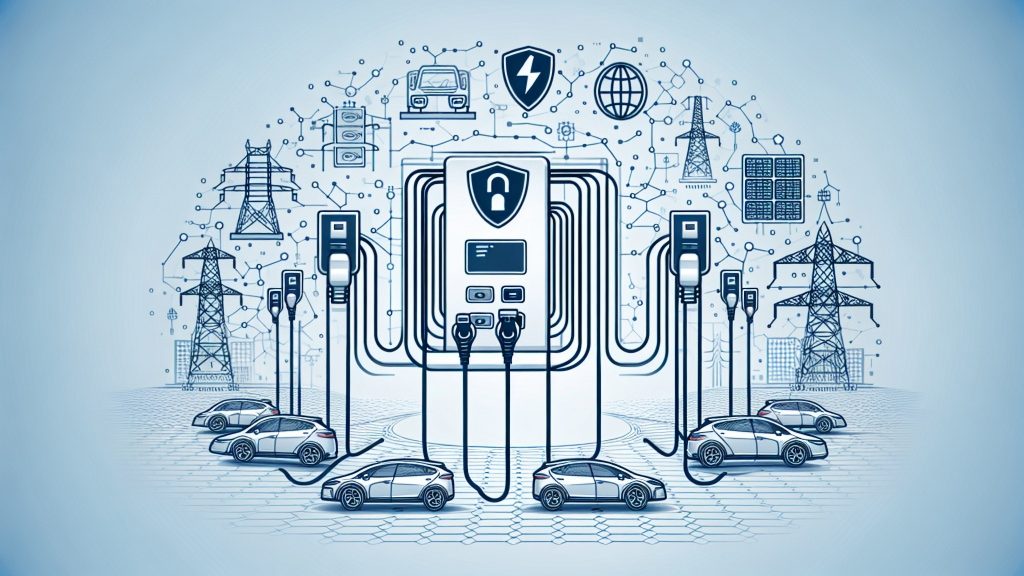Chief Investigators
A/Prof Yateendra Mishra (QUT)
Purpose of project
inverters interface the grid for energy sources like solar panels, wind turbines, and energy storage. These inverters are grid-following inverters, and the intermittent nature of the energy generation of these systems using these inverters can cause and aggravate grid frequency problems. When these disturbances are large enough, the inverters are programmed to shut off power to these energy sources and wait for a signal from the rest of the grid that the disturbance has settled, and it is safe to restart—hence known as “grid-following”.
Grid-forming inverters are an emerging technology that allows solar and other inverter-based energy sources to restart the grid independently and provide damping to frequency swings within the grid system.
Other related issues are, because of:
- the lack of understanding of the grid modelling and control of grid-forming inverters
- new renewable generators cannot interconnect to the network in a timely manner
- some renewable generators are repeatedly curtailed due to network congestion issues and often inadvertently due to synchronisation issues.
Existing models used during the connection process for new generation connecting to the grid don’t represent the real behaviour of grid-forming inverters in electricity networks as they were designed for grid-following inverters.
This project aims to develop an efficient way of modelling the grid-forming inverters and associated controls to provide an effective way to identify their impact on the network and improve hosting capacity. In particular, it aims to:
- Develop tools for evaluating the impact of grid-forming inverters (GFI) across electricity networks.
- Use the developed tools to assist in the operation and control of GFIs to maintain the secure operation of the power systems.
- Address critical technical skills issues for the industry that were identified in AEMO’s recent ‘Engineering framework’ report.
This project will serve as a key milestone for long-term grid modernisation efforts that enable grid operators to integrate more solar, wind, and battery storage resources.
Impact of project
In the longer term once, the tools developed in this research are implemented in the planning and operation process by the industry, there are significant benefits in terms of deferred network investments worth millions of dollars. This is because the tools will enable network operators to identify the impact of grid-forming inverters and the resulting network benefits (congestion management, stability improvements) due to the effective control of these inverters.
Furthermore, this project enables new business opportunities for energy network customers, reducing the curtailments of renewables, increasing the network hosting capacity, and leading to new business opportunities for Customer Energy Resource (CER) providers and network operators.
Also, this research will improve the application of existing and planned regulatory reforms in the network operation and planning of grid-forming inverters-based CER’s.
Project partners – industry and research
Status
- In Progress
Project Leaders
- Yateendra Mishra, QUT
Completion Date
October 2025
Project Code
0481









